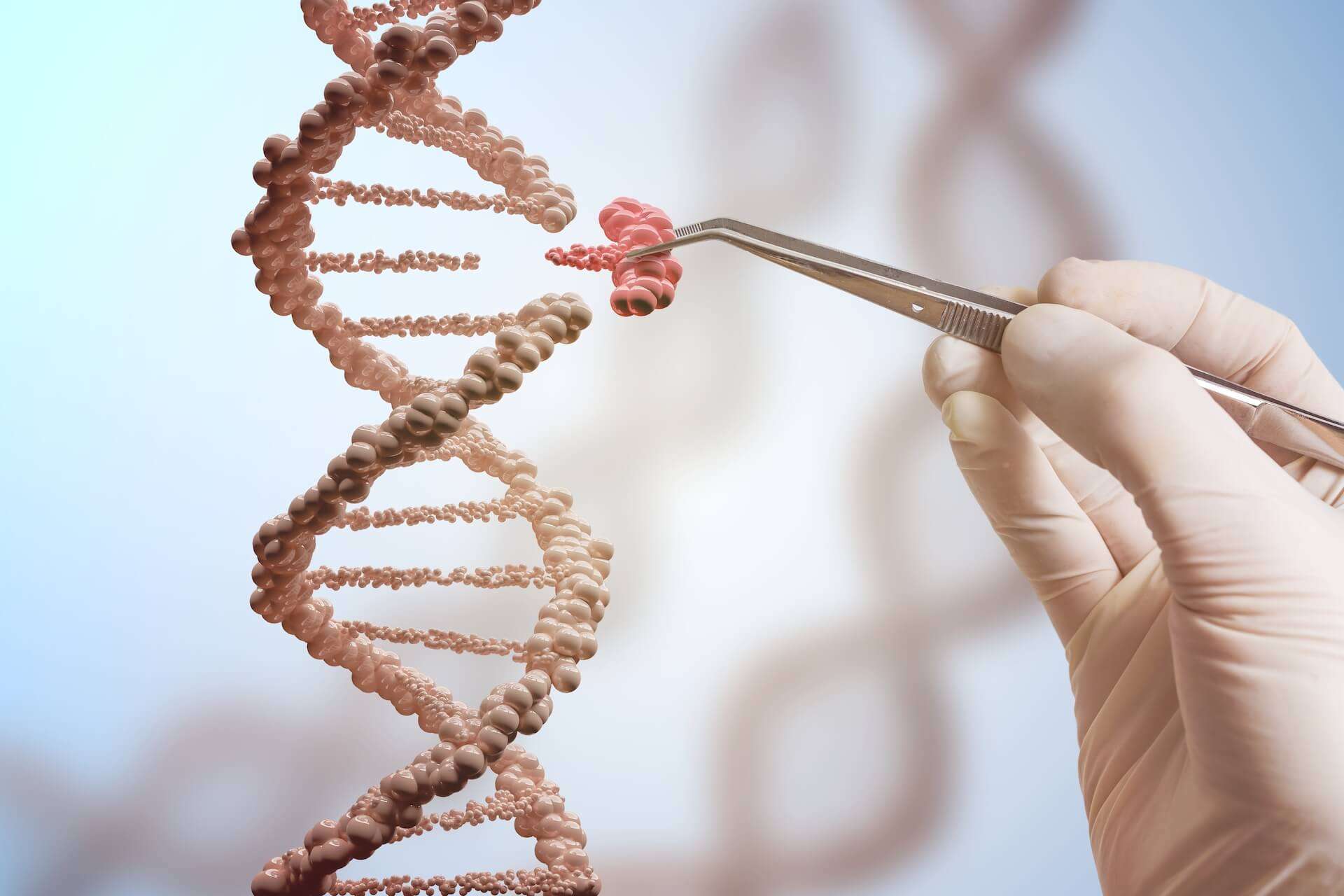Possibility for new gene therapy against herpes simplex

Forms of herpes simplex:
Herpes simplex is the general term for an infection with the herpes simplex virus (HSV for short). Such viruses are divided into type 1 viruses (HSV-1) and type 2 viruses (HSV-2). While both virus types belong to the group of DNA viruses (i.e. deoxyribonucleic acid), HSV-1 is mainly the cause of herpes simplex labialis (i.e. labial herpes) and HSV-2 is mainly the cause of herpes simplex genitalis (i.e. genital herpes ). Infection with HSV1 can happen in most cases as early as childhood - about 70% to 90% of the adult population is thought to be infected with this virus, according to the WHO. After a primary infection, for example through saliva in the case of HSV-2 or via sexual contact in the case of HSV-2, the virus can attach itself to local nerves and survive in them for a lifetime. This allows the virus to bind in sensory neurons - such as dorsal root ganglia in the spine - as well as autonomic neurons - cervical and main pelvic ganglia. During prolonged stressful situations, immunodeficiency or fever, it is possible that a so-called reinfection (i.e. reactivation of the infection) may occur, resulting in the reappearance of blisters in the mouth or genital area.
Rarer forms of herpes simplex would include: Herpes facialis (i.e. herpes of the face) or herpes gingivostomatitis (i.e. herpes of the gums). While current antiviral therapy using drugs can minimize the severity of acute infections and reduce the incidence of viral reinfection, these do not reduce or eliminate existing herpes simplex.
Gene editing in the American lab:
This is precisely why US researchers in Seattle (USA) have developed a specific gene therapy for herpes simplex type-1. Through this process, the genomes are directly targeted for disruption or elimination using CRISPR / Cas9, meganucleases or similar enzymes, while preserving the neurons.
- CRISPR / Cas9 is a molecular biology method for targeting and cutting DNA. Because of relatively simple implementation and low cost, this method is increasingly used in research.
- Meganucleases are synthetically adapted enzymes that can be used to specifically modify or switch off genes. They recognise longer gene sequences and work specifically.
These genes consist of a short RNA sequence that binds to a specific site on the DNA and an enzyme that cuts the DNA strand there. This eliminates the possibility of virus reactivation and pathogenesis (i.e., development of disease).
Therapy with AAV:
This therapy was investigated in the study published in August 2020, in the scientific journal Nature Communications, in mice that had previously been specifically infected with HSV-1. While the virus phase was already present in the ganglia, but not immediately visible, the animals were treated with the gene editors. In order for these gene scissors to reach the mouse neurons in the ganglia, they were transported via adeno-associated viruses (AAV). AAVs are helper virus-dependent viruses that infect the same cell. These are used in gene therapy because they have no pathogenic properties and can infect neurons.
High-percentage results:
With the help of testing different AAV and simultaneously targeting multiple sites within the HSV genome, the study found that more than 90% of the herpes genes were successfully destroyed. However, the best results of the improved AAV at the single-cell level were not achieved with the well-known "gene-cutting method" CRISPR/Cas9, but with the help of meganucleases. The number of inactive HSV-1 viruses - when transported with the AAV "1-8 Rh10" and using two meganucleases that attacked different HSV-1 genes - was reduced by 92%.
Conclusion:
Meganuclease-mediated gene editing would likely be sufficient to prevent human cold sores from worsening. In addition, the study researchers are currently investigating a similar form of therapy for herpes simplex type-2. Since the first clinical trials could not be conducted for at least three years, according to the researchers, it will be even longer before this treatment appears on the market.
Sources
- Aubert, M., Strongin, D.E., Roychoudhury, P. et al. Gene editing and elimination of latent herpes simplex virus in vivo. Nat Commun 11. 2020. https://doi.org/10.1038/s41467-020-17936-5
- Adeno-assoziierte Viren als Vektoren zum Gentransfer (deutsches Krebsforschungszentrum)
- Meganukleasen (TransGen)
- Gen-Editoren zerstören Virusgene in den Ganglien (Ärzteblatt)
- CRISPR-ing Herpes simplex virus (Virology Blog)
- Herpes simplex (Netdoktor)

Danilo Glisic
Last updated on 29.10.2020
Your personal medication assistant
Browse our extensive database of medications from A-Z, including effects, side effects, and dosage.
All active ingredients with their effects, applications, and side effects, as well as the medications they are contained in.
Symptoms, causes, and treatments for common diseases and injuries.
The presented content does not replace the original package insert of the medication, especially regarding the dosage and effects of individual products. We cannot assume liability for the accuracy of the data, as the data has been partially converted automatically. Always consult a doctor for diagnoses and other health-related questions.
© medikamio